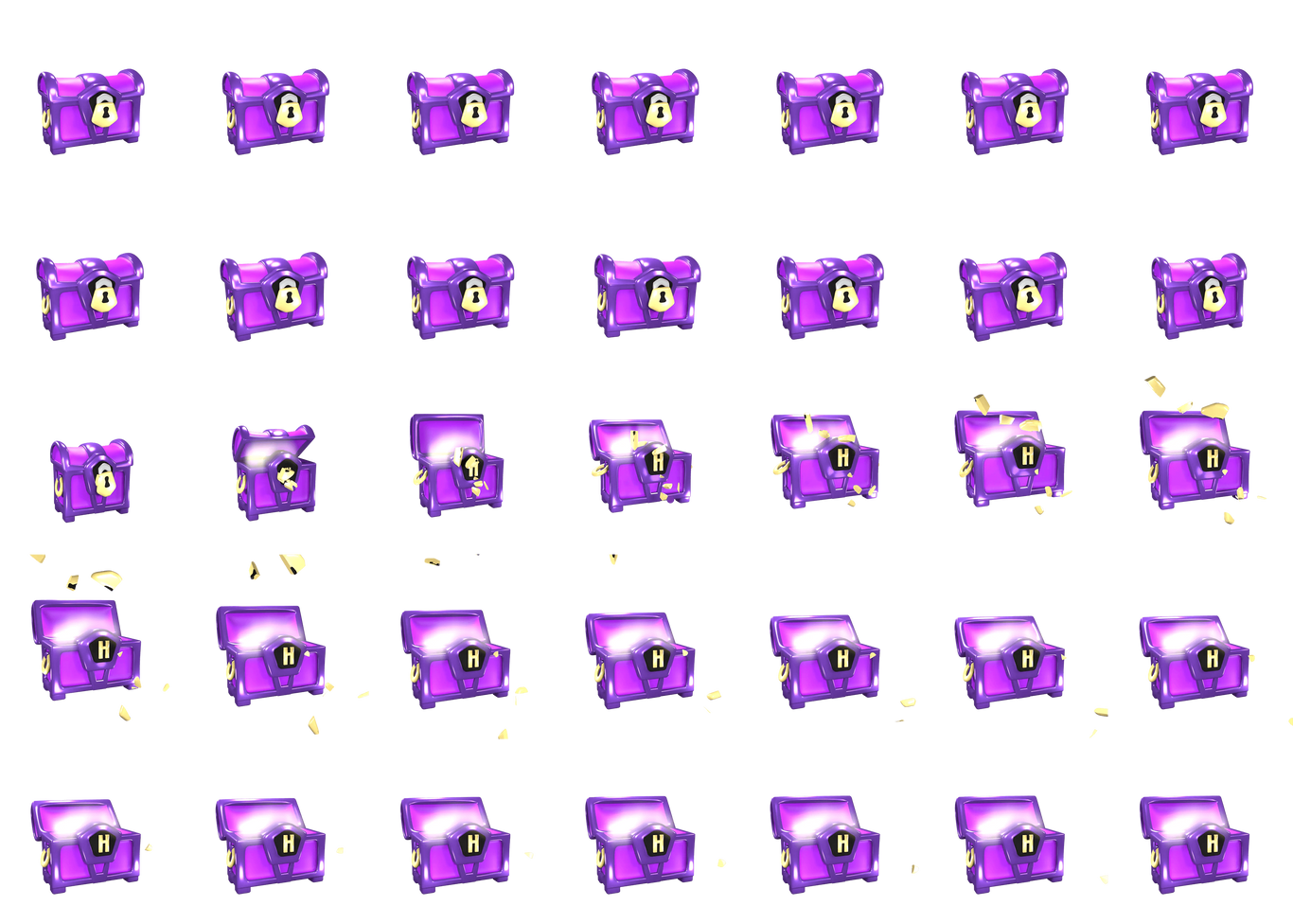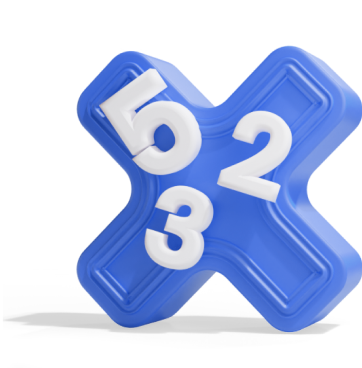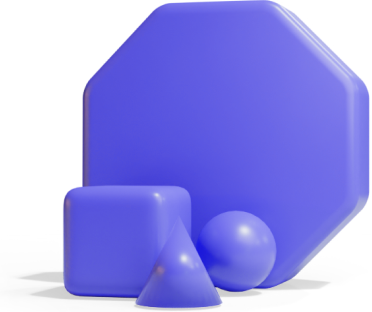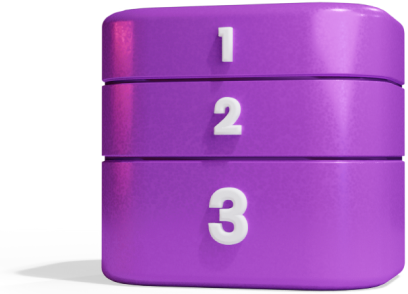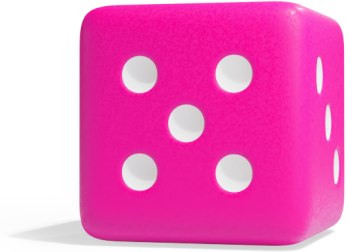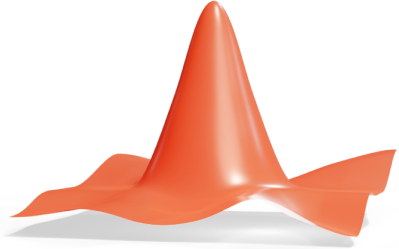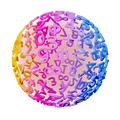12th Grade
How Can Shape, Center, and Spread Help You Compare Data?
{
"voice_prompt": "Speak clearly and naturally. Pause briefly at commas.",
"manuscript": {
"title": {
"text": "How Can Shape, Center, and Spread Help You Compare Data?",
"audio": "How Can Shape, Center, and Spread Help You Compare Data?"
},
"description": {
"text": "Shape, center, and spread help you compare data by showing what's typical, how consistent the values are, and how the data is distributed overall. These three features give you a deeper understanding than just looking at averages.",
"audio": "Shape, center, and spread help you compare data by showing what's typical, how consistent the values are, and how the data is distributed overall. These three features give you a deeper understanding than just looking at averages."
},
"scenes": [
{
"text": "Have you ever tried to compare two sets of numbers and wondered which one is better, or more consistent? To answer that, you can use three key ideas: shape, center, and spread.",
"latex": "a + b"
},
{
"text": "The 'center' tells you about a typical value in the data. You can use the median, which is the middle value, or the mean, which is the average. For example, the mean of the numbers four, five, and six, is five.",
"latex": "\\text{Center: A 'typical' value (Mean or Median)}"
},
{
"text": "The 'spread' describes how consistent or varied the data is. A large spread means the values are far apart, while a small spread means they're close together. For example, a dataset that ranges from 5 to 50 has more spread than one from 10 to 20.",
"latex": "\\text{Spread: Variability or consistency}"
},
{
"text": "The 'shape' describes how the data is distributed. A distribution can be symmetric, with values evenly balanced around the center. Or it can be skewed. A right-skewed shape has a long tail on the right, meaning most values are low, with a few high ones.",
"latex": "\\text{Shape: Symmetric, Skewed Left, or Skewed Right}"
},
{
"text": "Now, to compare the daily number of customers at three cafes, A, B and C, you can use dot plots. All Cafe's has the same center at around 50 customers. Both Cafe A and B has a symmetric distribution. Cafe A has a small spread, while Cafe B has a larger spread. Cafe C's distribution is skewed right, with a spread comparable to Cafe B.",
"latex": "a+c"
},
{
"text": "This means all cafes serve around 50 customers on a typical day. But Cafe A is very consistent, with most days falling between 45 and 55 customers. Cafe B is less predictable. Some days have over 70 customers. Others drop below 30. Cafe C is also less predictable than A. Compared to B, it has more very busy days and fewer slow ones.",
"latex": "a+2b"
},
{
"text": "So while the centers of the three datasets are similar, their spreads and shapes tell very different stories about the three cafes.",
"latex": "a+3b"
}
],
"outro": {
"text": "Shape, center, and spread help you compare data by revealing patterns in how the values behave. Together, they show whether two datasets are similar or different in ways that go beyond just the average.",
"audio": "Shape, center, and spread help you compare data by revealing patterns in how the values behave. Together, they show whether two datasets are similar or different in ways that go beyond just the average."
}
}
}
en_12_sta_interp_shape_center_spread.json
Displaying en_12_sta_interp_shape_center_spread.json.
